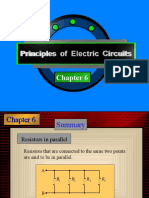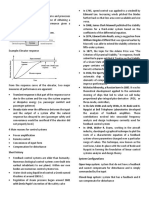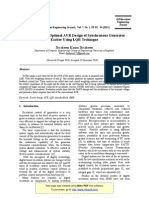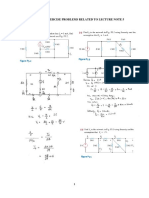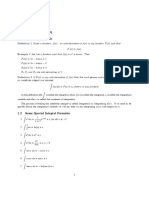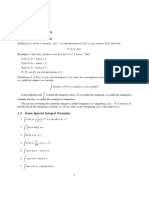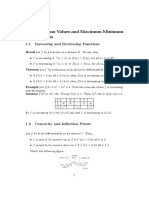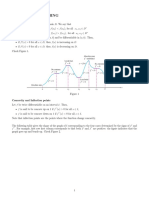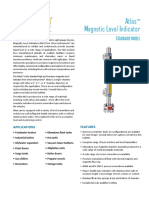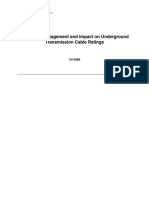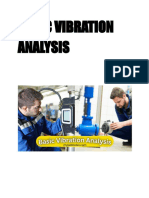100% found this document useful (1 vote)
616 views38 pagesEee 326 Lecture Notes 1
This document provides an introduction to the EEE 326 Control Systems I course. It outlines the textbook, reference books, weekly plan, grading policy, learning objectives, and an overview of key control systems concepts such as open-loop vs closed-loop control, feedback, analysis and design, performance criteria, and examples of control systems in applications like thermostats and industrial processes. The history and development of control systems including early examples, frequency-domain methods, and advances after 1940 are also briefly discussed.
Uploaded by
Barış DuranCopyright
© © All Rights Reserved
We take content rights seriously. If you suspect this is your content, claim it here.
Available Formats
Download as PDF, TXT or read online on Scribd
100% found this document useful (1 vote)
616 views38 pagesEee 326 Lecture Notes 1
This document provides an introduction to the EEE 326 Control Systems I course. It outlines the textbook, reference books, weekly plan, grading policy, learning objectives, and an overview of key control systems concepts such as open-loop vs closed-loop control, feedback, analysis and design, performance criteria, and examples of control systems in applications like thermostats and industrial processes. The history and development of control systems including early examples, frequency-domain methods, and advances after 1940 are also briefly discussed.
Uploaded by
Barış DuranCopyright
© © All Rights Reserved
We take content rights seriously. If you suspect this is your content, claim it here.
Available Formats
Download as PDF, TXT or read online on Scribd
/ 38


